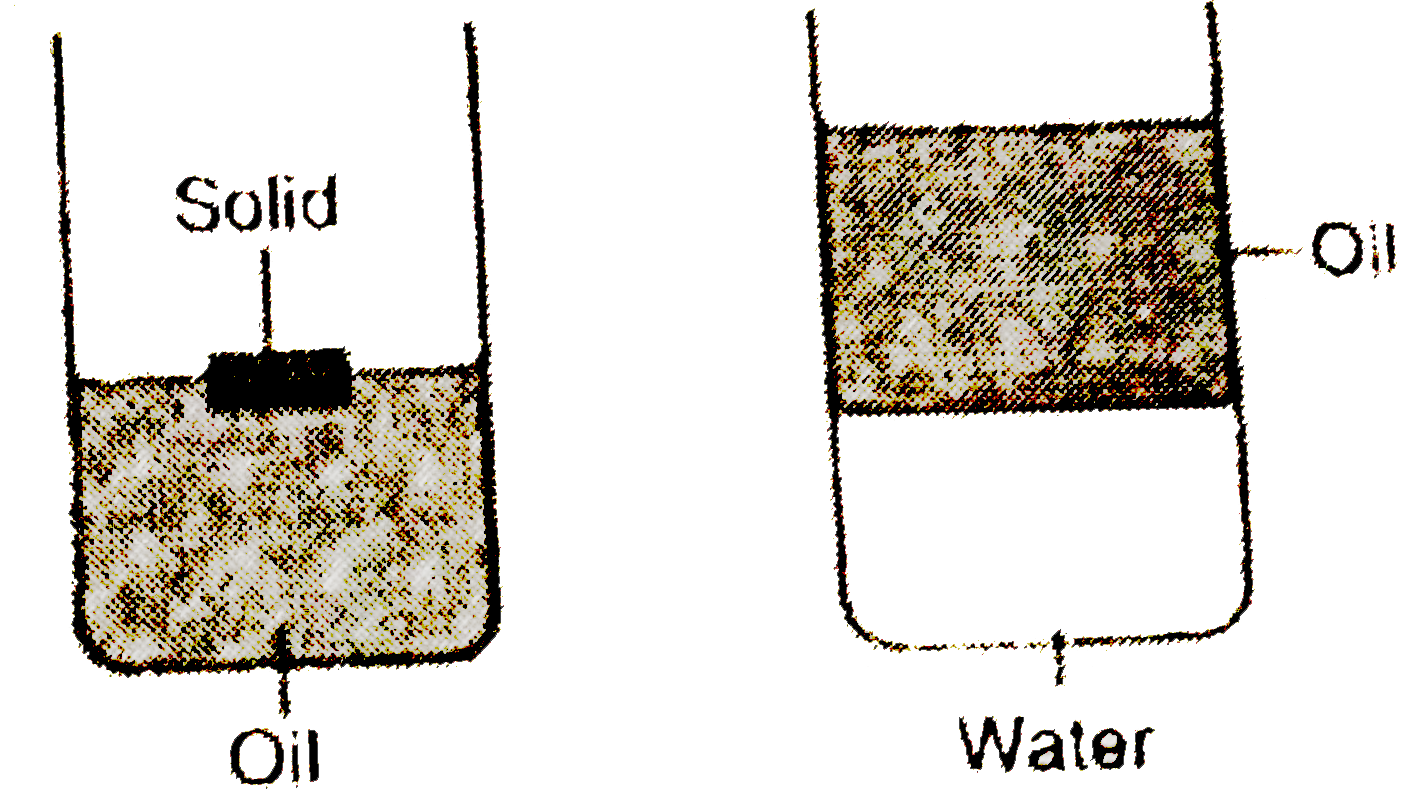Calculate the molarity of water. if it's Density is 500 kg/m−3
To calculate the molarity of water given its density, we can follow these steps:
Step 1: Understand the given density
The density of water is given as 500 kg/m³. We need to convert this density into a more useful unit for calculating molarity, which is grams per liter (g/L).
Step 2: Convert density to grams per liter
1 m³ is equivalent to 1000 liters. Therefore, we can convert the density:
Density in kg/L=500 kg1 m3×1 m31000 L=500 kg1000 L=0.5 kg/L
To convert kg/L to g/L:
0.5 kg/L=0.5×1000 g/L=500 g/L
Step 3: Calculate the number of moles of water
The molar mass of water (H₂O) is approximately 18 g/mol. We can calculate the number of moles of water in 1 liter:
Number of moles=mass (g)molar mass (g/mol)=500 g18 g/mol≈27.78 moles
Step 4: Calculate the molarity
Molarity (M) is defined as the number of moles of solute per liter of solution. Since we are considering 1 liter of water:
Molarity=Number of molesVolume of solution in L=27.78 moles1 L≈27.78 M
Final Answer
The molarity of water is approximately 27.78 M.
---
The density of water is given as 500 kg/m³. We need to convert this density into a more useful unit for calculating molarity, which is grams per liter (g/L).
1 m³ is equivalent to 1000 liters. Therefore, we can convert the density:
Density in kg/L=500 kg1 m3×1 m31000 L=500 kg1000 L=0.5 kg/L
To convert kg/L to g/L:
0.5 kg/L=0.5×1000 g/L=500 g/L
The molar mass of water (H₂O) is approximately 18 g/mol. We can calculate the number of moles of water in 1 liter:
Number of moles=mass (g)molar mass (g/mol)=500 g18 g/mol≈27.78 moles
Molarity (M) is defined as the number of moles of solute per liter of solution. Since we are considering 1 liter of water:
Molarity=Number of molesVolume of solution in L=27.78 moles1 L≈27.78 M
The molarity of water is approximately 27.78 M.
Topper's Solved these Questions
- DILUTE SOLUTION AND COLLIGATIVE PROPERTIESBOOK - RC MUKHERJEECHAPTER - DILUTE SOLUTION AND COLLIGATIVE PROPERTIESEXERCISE - Problems
62 Videos
- DILUTE SOLUTION AND COLLIGATIVE PROPERTIESBOOK - RC MUKHERJEECHAPTER - DILUTE SOLUTION AND COLLIGATIVE PROPERTIESEXERCISE - Objective problems
36 Videos
- CHEMICAL THERMODYNAMICSBOOK - RC MUKHERJEECHAPTER - CHEMICAL THERMODYNAMICSEXERCISE - Objective problems
58 Videos
- ELECTROLYSIS AND ELECTROLYTIC CONDUCTANCEBOOK - RC MUKHERJEECHAPTER - ELECTROLYSIS AND ELECTROLYTIC CONDUCTANCEEXERCISE - Objective Problems
39 Videos
Similar Questions
Knowledge Check
A solid of density 900kg/m3 floats in oil as shown in the given diagram. The oil floats on water of density 1000kg/m3 as shown.The density of oil in kg/m3 could be:
 A850B950C950D1050
A850B950C950D1050
Calculate the molarity of water if its density is 1000kg/m3.
View SolutionCalculate the molarity of water if its density is 1000kgm−3
View SolutionCalculate molarity of water if its density is 1.00 g mL−1.
View SolutionCalculate the molarity of pure water using its denstiy to be 1000kgm−3
View SolutionA body weights 5 kg in air. Calculate the apparent weight of the body in water if its density is 2000kg/m3.
View SolutionCalculate the molarity of pure water. Given that density of pure wateris 1 g/mol.
View SolutionAt a pressure of 105N/m2, the volumetric strain of water is 5×10−5. Calculate the speed of sound in water. Density of water is 103kg/m3.
View Solution
